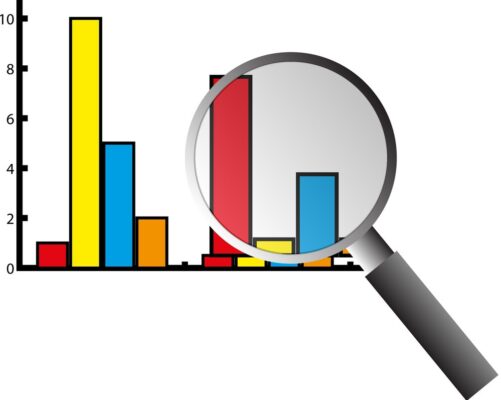World Steel Trading Analysis
In this article, we take a look at the latest global statistics to gain an in-depth understanding of the steel trading industry. Various factors can influence the market, including supply chain disruption, national policy constraints, and fluctuations in currency exchange rates. We also examine how trade protectionism is affecting the global steel industry. The following are some factors to consider as you look at the global steel trading market. These factors can affect the overall market, including steel production costs, prices, and supplies.

China’s manufacturing production index fell to a five-month low in July but was still three points higher than the same period in 2020. Rising steel exports from China have sparked concerns of a potential tax on shipments to Western countries. Meanwhile, the recent spike in commodity prices has fueled inflation in the U.S. and Europe. This trend may be sustained as new demand emerges from these regions. This is good news for the steel industry, but it will remain a challenge.
The global steel industry faces a number of long-term challenges, including the adoption of a circular economy, green development, and digitization of the modern economy. The global steel industry also has a glut of production capacity. Major countries are trying to defuse this by limiting output, but the price of steel has fallen below the price of cabbage. These factors could be good news for producers but bad news for consumers. And we’ll see a global slump in demand for steel, especially in the automotive sector.
World Steel Trading Industry Analysis
The World Steel Association recently published the latest statistics on the global steel industry. The study provides an in-depth analysis of all aspects of the industry, including crude steel production, apparent use, global steel trade, and iron ore production. The report also includes data on the production and trade of iron ore, which has a direct impact on the global steel market. So, what are the most recent trends in the global steel market?
A new COVID outbreak combined with weak international tourism in developed Asia weakened steel demand in the second half of 2021. However, despite the deteriorating global economy, it is a positive sign for the steel industry. This year’s forecast shows a strong rebound in global trade and government infrastructure programmes, which should support the industry’s growth. In addition, the global steel industry will continue to be led by the manufacturing sector. The recovery, however, will be limited by the effects of the COVID pandemic.
The future of the global steel industry is unclear. In the short-term, the outlook for the steel market remains bleak. The world’s top ten countries account for 86% of global steel production. Nevertheless, the industry is expected to recover in the medium-term despite the ongoing trade tensions. While the demand for the metal will be stable through 2020, we believe that the market will remain oversupplied for the foreseeable future.
The economic recovery is aided by a robust automotive and durable goods sector. But this is only temporary and will not last into 2022. The market is characterized by strong demand for steel, which is reflected by a wide variety of steel products. In the long-term, it is unlikely to experience a radically different economic climate from the present. While we expect the global economy to recover over the next two years, the outlook is not yet clear.
In the near term, the market is expected to continue recovering. The global economy will grow by 5.7% in 2020, while the US economy is expected to grow by 6.9% in 2021. In addition to its strong demand for steel, the region is also suffering from a weaker real estate sector. Its growth is capped at 2.5%, which is lower than the historical average. As a result, there is a potential for a significant correction in the global economy during the next few years.
The Chinese economy continues to show signs of slowdown from early 2020. Its steel-using sector’s growth has slowed since July, with the country suffering from small waves of infections in the summer. In Italy, which suffered the most from COVID, steel demand has recovered faster than the rest of the EU. Its recovery is expected to continue through 2021. In China, the World Steel Association has released a comprehensive report on the global steel industry. Its members represent 85% of the world’s total steel production.

